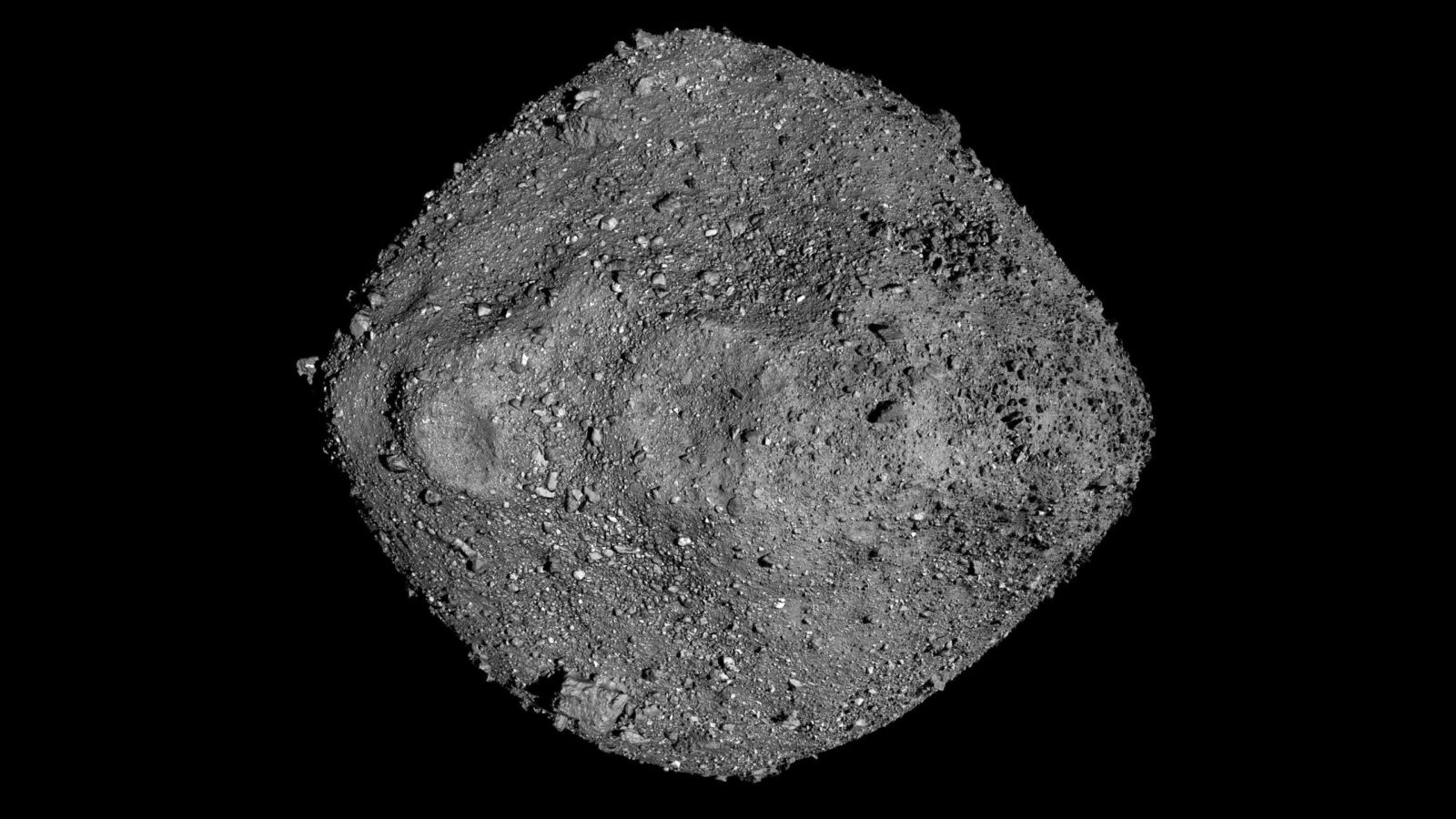NASA’s OSIRIS-REx mission has just shaken up everything we thought we knew about life’s origins. In a game-changing revelation, pristine samples from asteroid Bennu have been found to contain all five nitrogenous bases—yes, the very molecules needed to form DNA and RNA. This isn’t some sci-fi fantasy. This is real science, and it might just confirm that Earth’s earliest life ingredients came riding in on an asteroid.
Let’s break it down.
Bennu’s Cosmic Gift: A Treasure Chest of Life’s Ingredients
For decades, scientists have theorized that asteroids and comets could have seeded Earth with water and organic molecules. But proving it? That’s been the tough part. Until now.
NASA’s OSIRIS-REx spacecraft returned from its seven-year space odyssey with a staggering 121.6 grams of pristine asteroid dust—more than any mission before it. Unlike meteorites that get contaminated by Earth’s atmosphere, Bennu’s samples were stored in pure nitrogen, making them a time capsule from the early solar system.
And what did researchers find? Not just traces, but a rich concentration of all five nucleobases—adenine, guanine, cytosine, thymine, and uracil. In other words, the essential components of DNA and RNA were floating around in space long before life ever formed on Earth.
Why This Is a Big Deal
For years, we only had meteorites like Murchison and Orgueil to study, but these had already been exposed to Earth’s elements. Bennu’s samples, however, are untouched, giving us a crystal-clear look at the raw ingredients of life as they existed in space. Compared to previous asteroid missions, the concentration of nitrogen-rich organic molecules was 5-10 times higher than in samples from asteroid Ryugu, hinting that different asteroids carried different biochemical recipes.
Does This Mean Life Came From Space?
Hold your horses—it’s not proof of alien life. But it does mean that the building blocks of life were already present before Earth was habitable. Imagine a cosmic delivery service, where asteroids and comets smashed into early Earth, delivering the ingredients needed for life to form.
In fact, some scientists now believe that these molecules could have kickstarted prebiotic chemistry in Earth’s primordial soup. The fact that Bennu’s samples show different molecular ratios than meteorites like Murchison suggests that different space environments contributed to the evolution of organic compounds.
A Cold Clue: The Molecular Cloud Hypothesis
Bennu’s unique molecular signature hints at something even deeper—it may have formed in the cold molecular clouds of interstellar space, where complex organic molecules are more likely to develop. This means that these compounds aren’t just common in our solar system—they could be widespread across the galaxy.
Think about it: If life’s building blocks are scattered across space, how likely is it that Earth is the only planet where life formed? Exactly.
This discovery opens up a Pandora’s box of questions. Scientists will now reanalyze meteorite samples stored in museums worldwide, using Bennu’s data as a new baseline. Plus, future missions—including ESA’s Hera and NASA’s upcoming sample returns—will continue hunting for more cosmic clues.
But here’s the kicker: If the right ingredients for life exist all over space, the next big question isn’t just how life started—it’s where else it might have started, too.
So, are we alone in the universe? Bennu’s dust might just hold the answer.












Leave a Reply